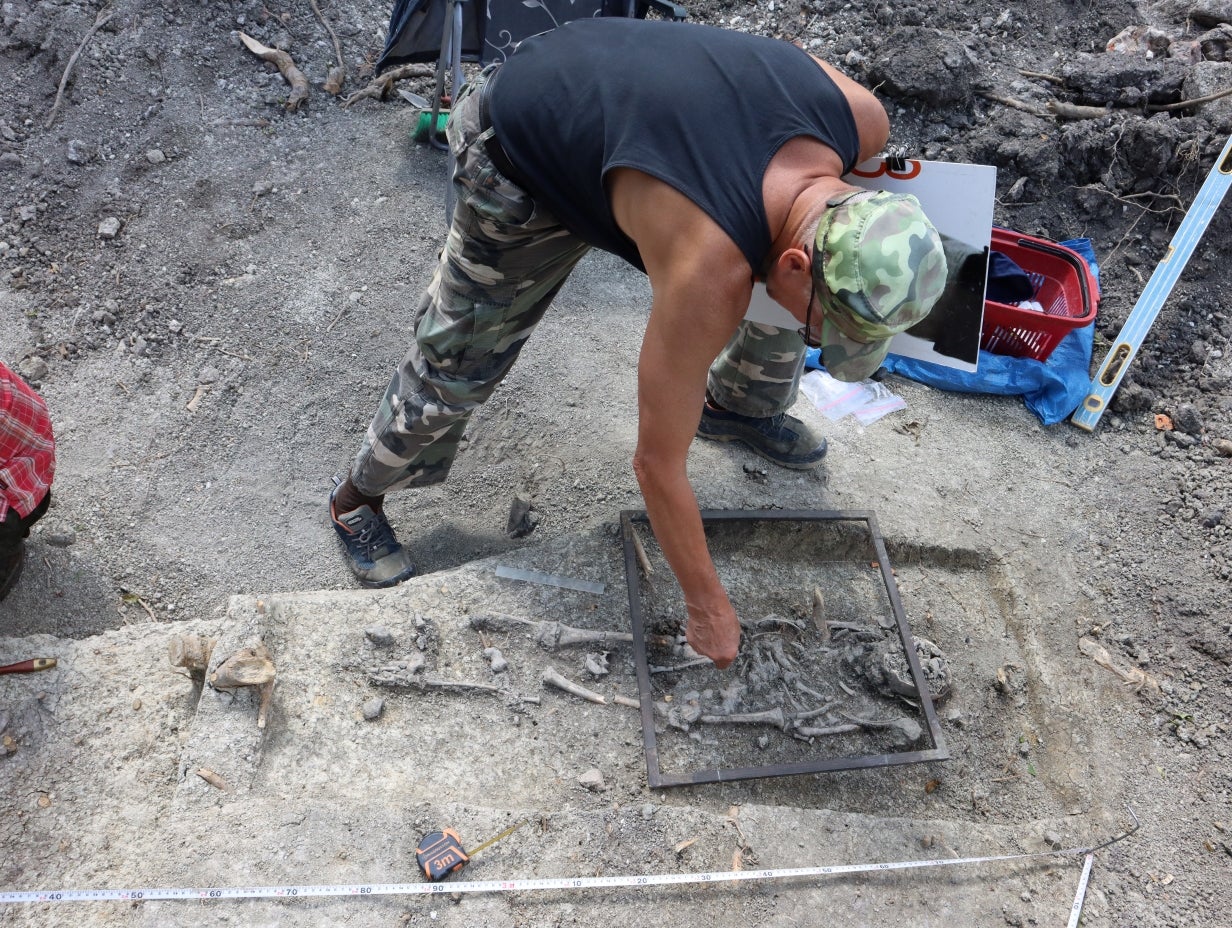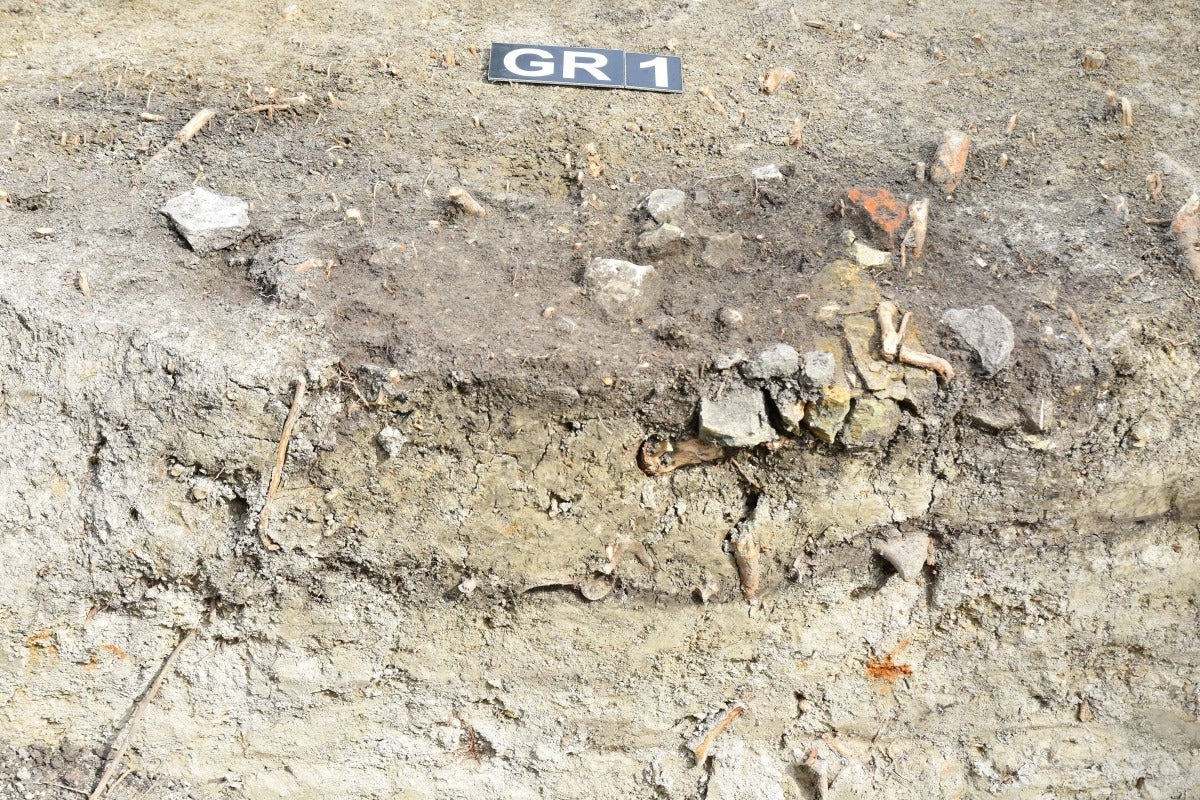Mysterious medieval ‘child vampire’ burial unearthed in Poland
Head of one child found separated from torso
Workers renovating a fence wall near a historic Cathedral in Poland have found the remains of two medieval children, one of whom shows signs of “vampire burial”.
Belief in vampirism was prevalent in Eastern Europe during the Middle Ages and people who were suspected of being vampires were buried according to special customs.
Some medieval “vampire children” uncovered in previous excavations were found buried with a padlock attached to the foot, indicating the people feared the dead could spring back to life. In some other cases, the bodies of suspected “vampires” were found dismembered, weighed down, or pierced with sharp objects like stakes.

The latest find is from the early Middle Ages and at least one of the children showed “without a doubt” evidence of a “vampire burial”, according to Poland’s Lublin Voivodeship Conservator of Monuments.
Sediment analysis and dating of ceramics found around the burial site indicate the children lived around the 13th century.
Superstitious beliefs were prevalent during the Middle Ages and people frequently related diseases and medical conditions to supernatural causes like vampirism or demonic possession.
Previous research has revealed that many cases of people suspected to be vampires during this time were suffering from tuberculosis.

The burial pits were found to be dug in gypsum soil and the dead were buried with neither coffins nor customary funerary items.
The skeletons were arranged in the east-west direction with the skulls oriented to the west – both common traditions of the time.

The head of one of the deceased children was found separated from the torso with the skull turned into the grave pit, making it face the ground, researchers said.
There were also stones placed on the deceased’s torso, archaeologist Stanisław Gołub said.

The burial also appeared marked with two poles from the east and west, as indicated by the preserved hole pits.
“Face-to-the-ground burial, cutting off the head or pressing the body with a stone/stones are some of the burial methods used to prevent a person considered to be a demonic creature from escaping from the grave,” researchers said.
Archaeologists have yet to determine specific details about the buried children, including their gender, age, and causes of death.
They hope further analysis of the skeletons can reveal additional information about the unique discovery.
Join our commenting forum
Join thought-provoking conversations, follow other Independent readers and see their replies
Comments
Bookmark popover
Removed from bookmarks